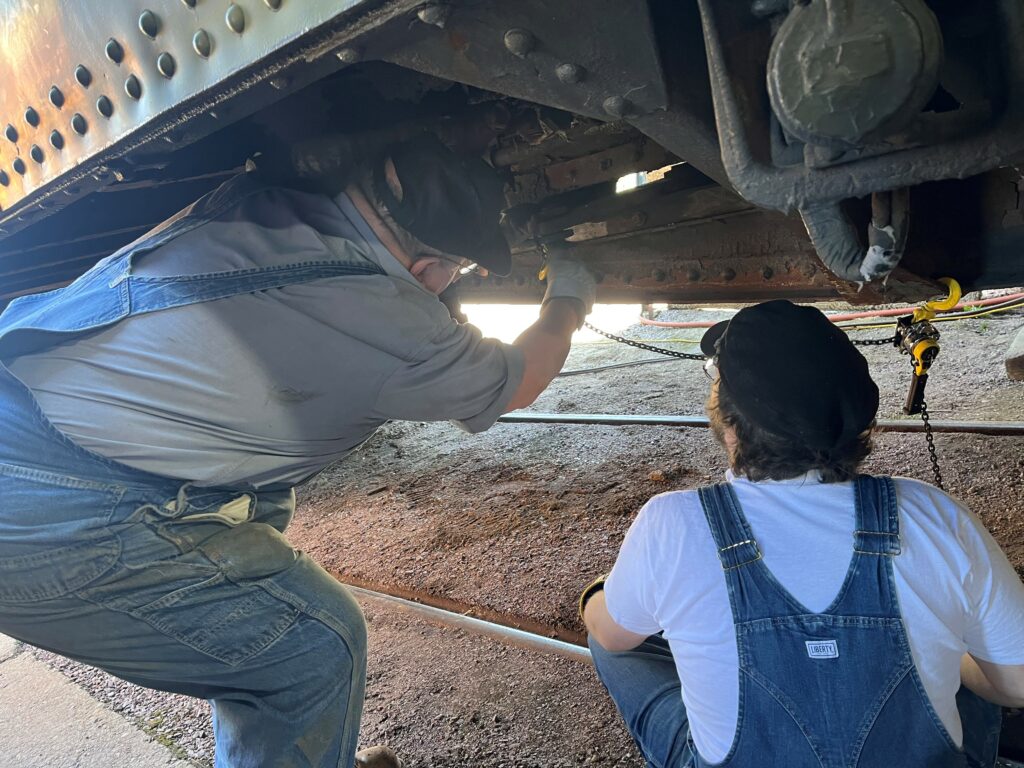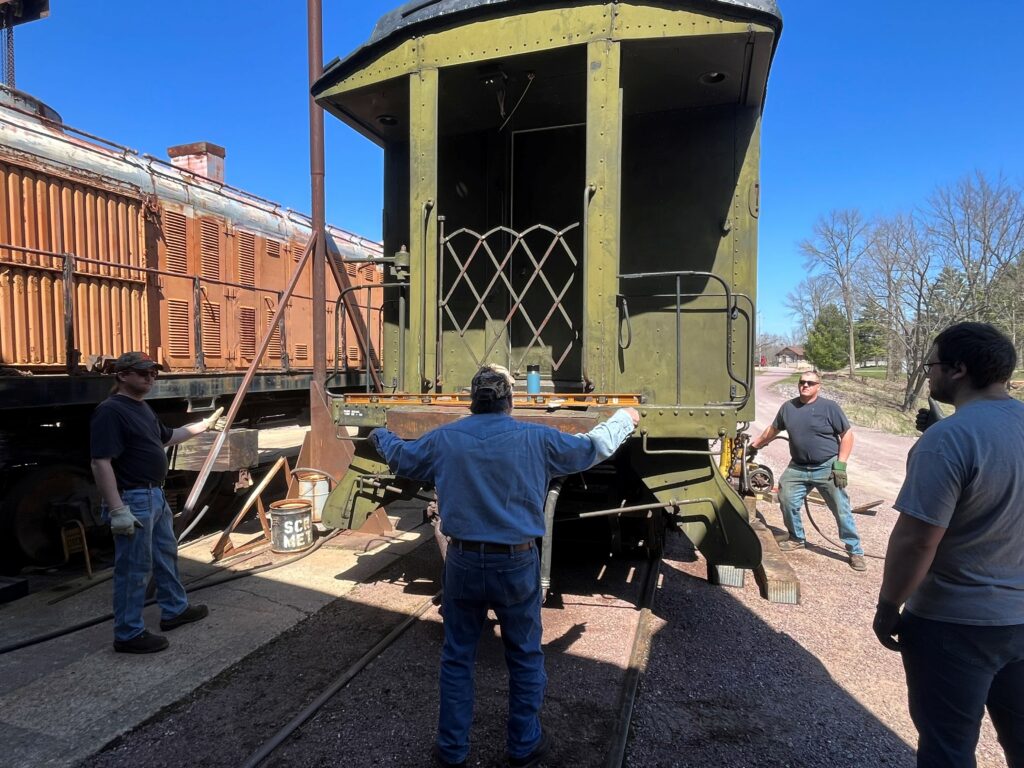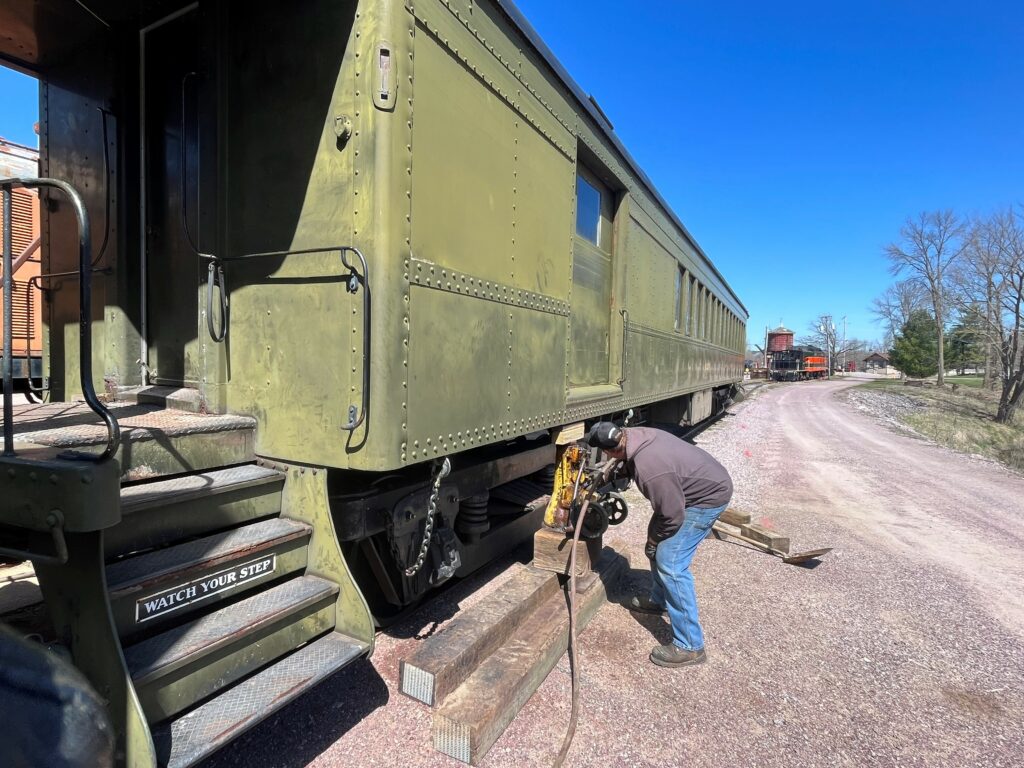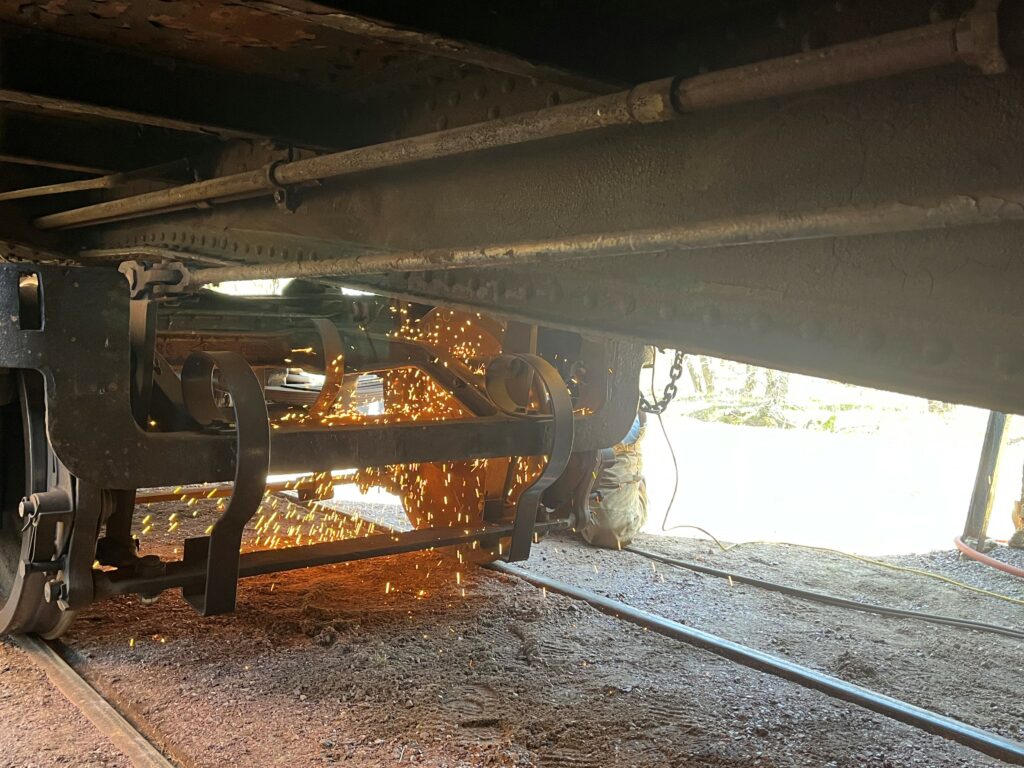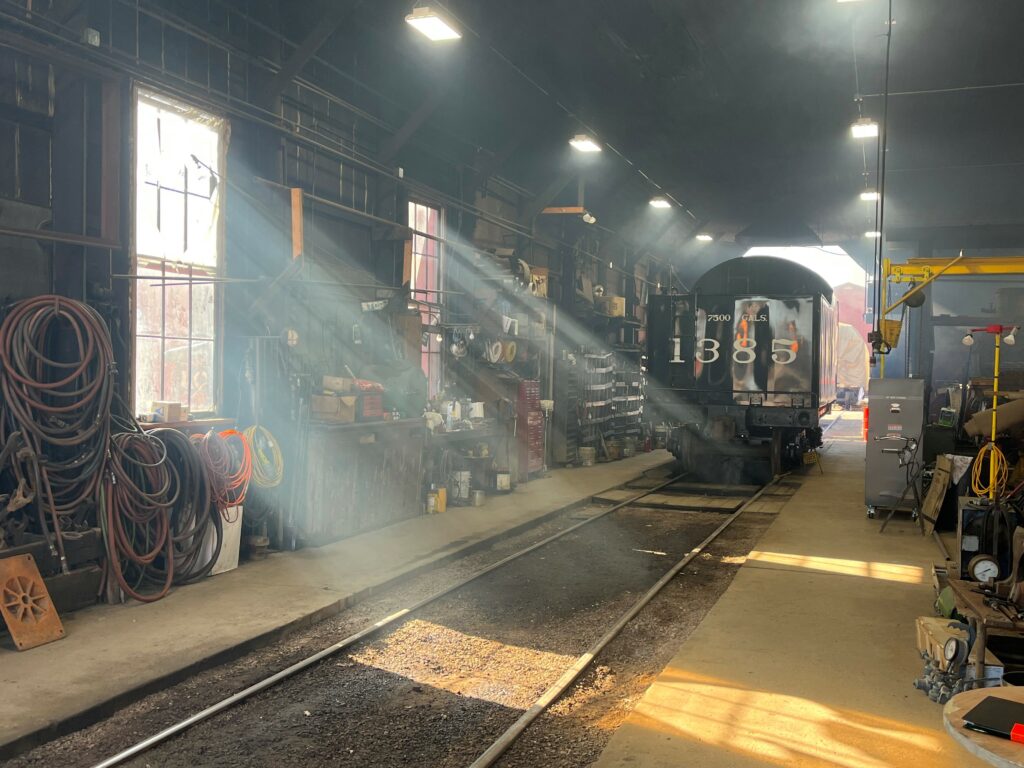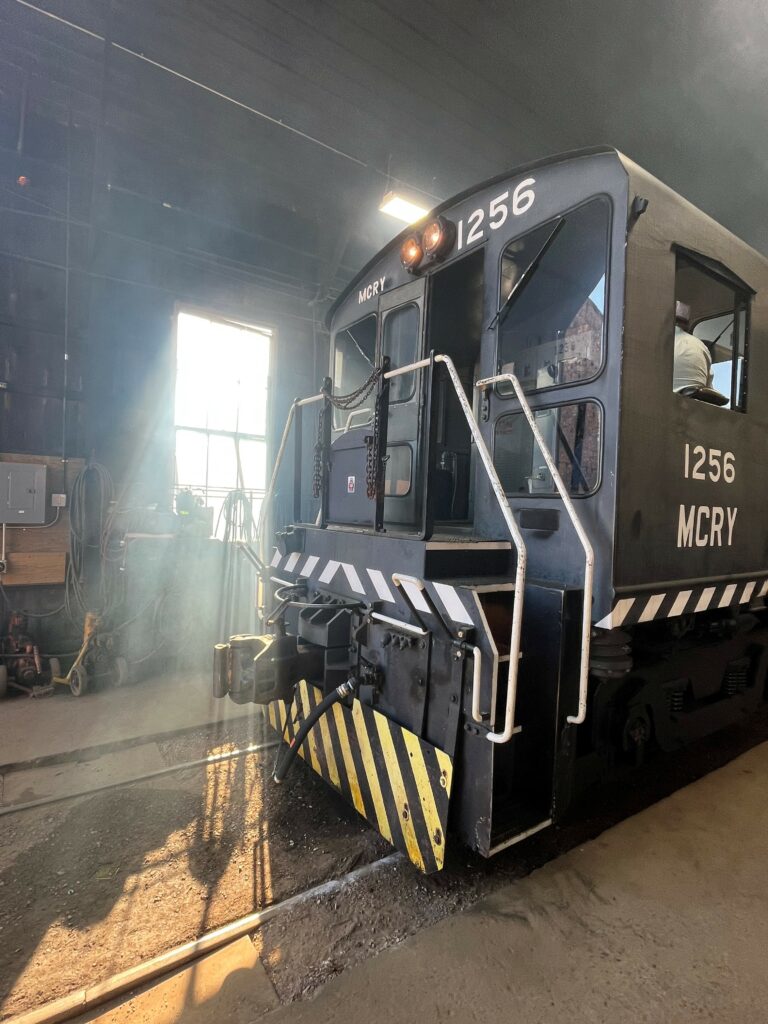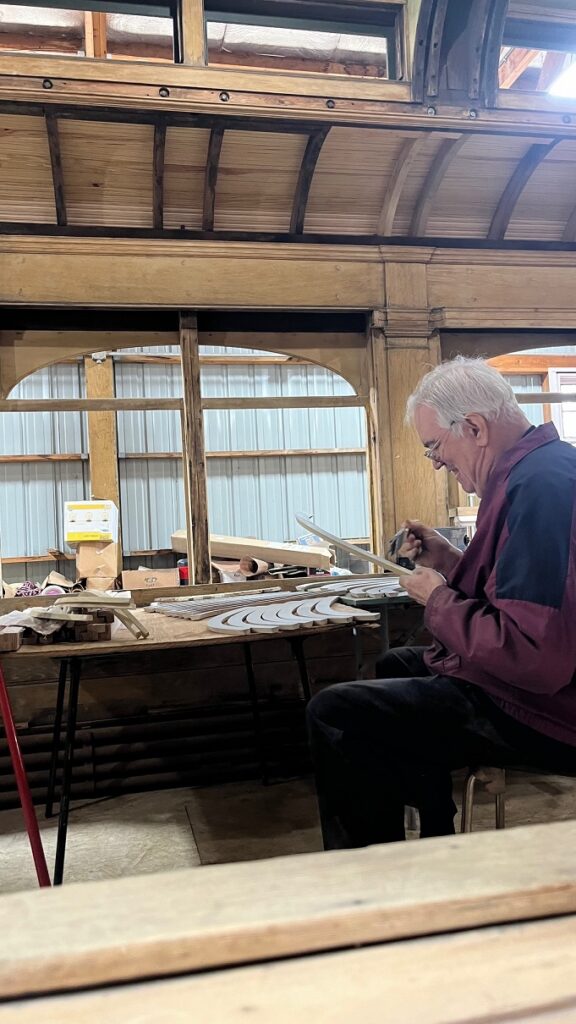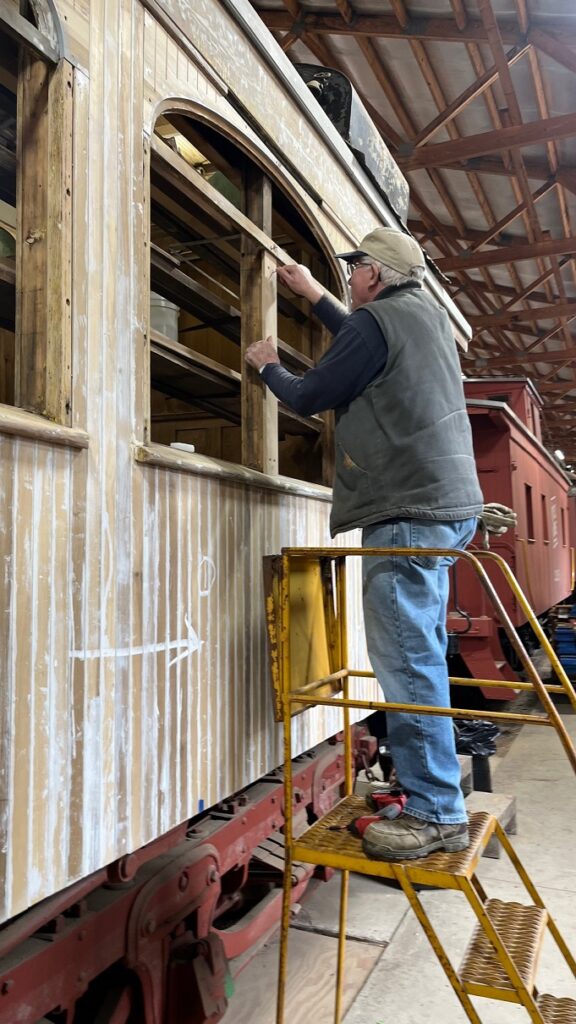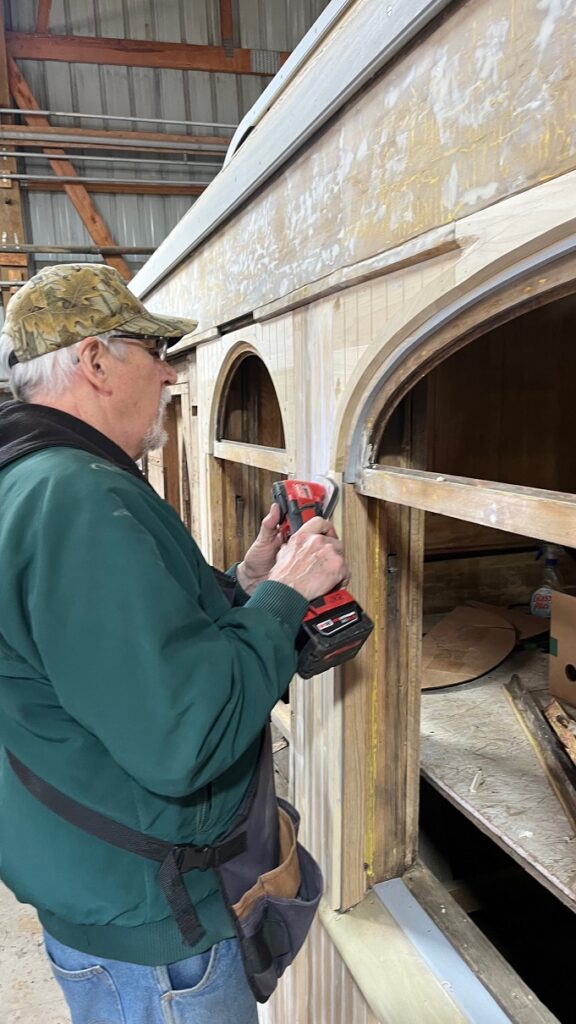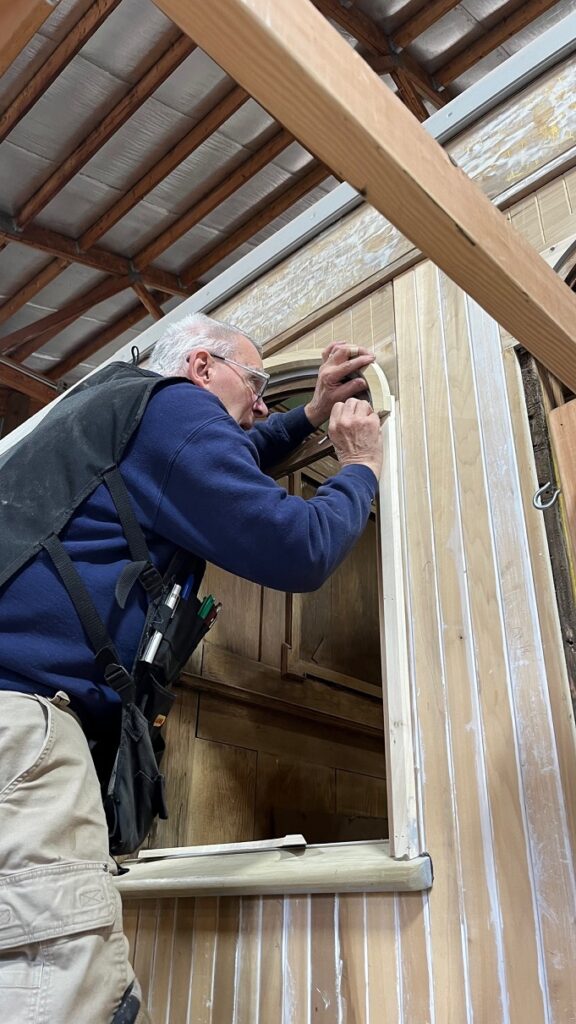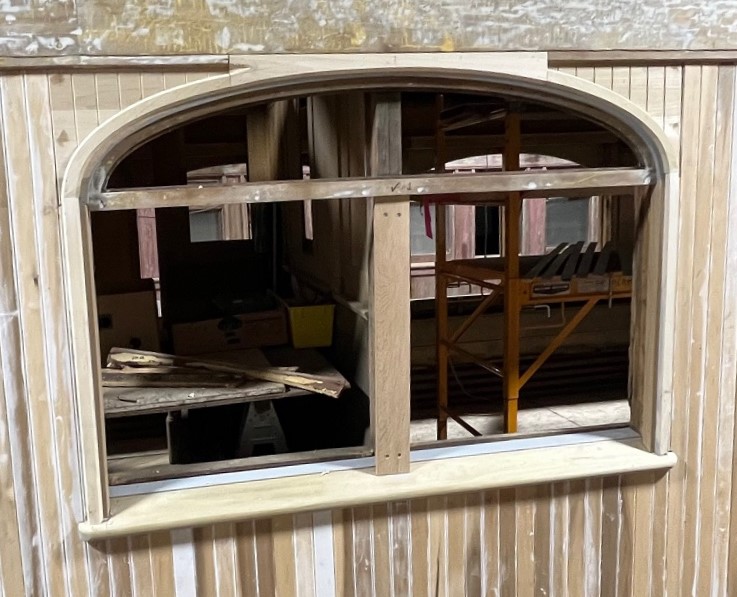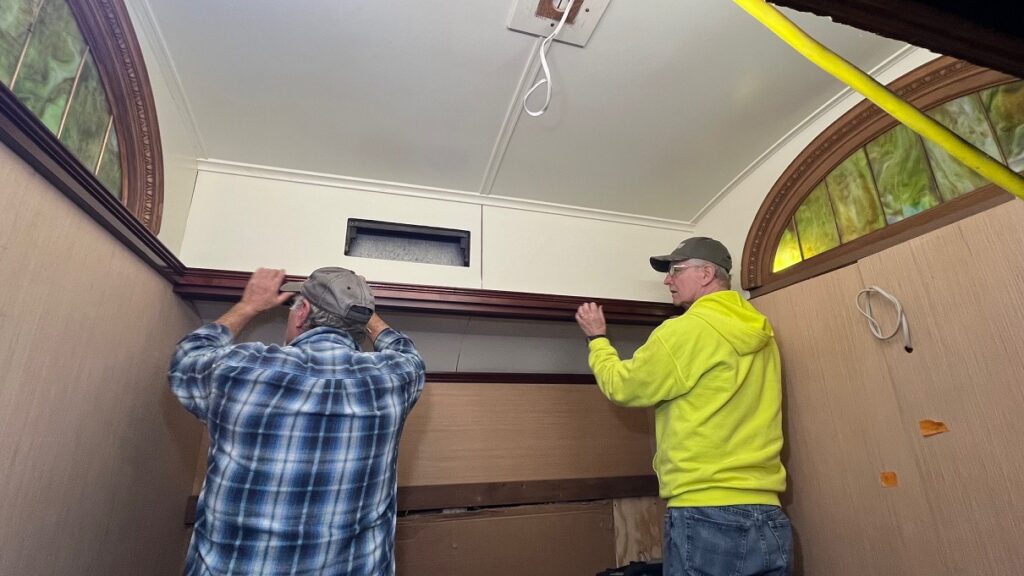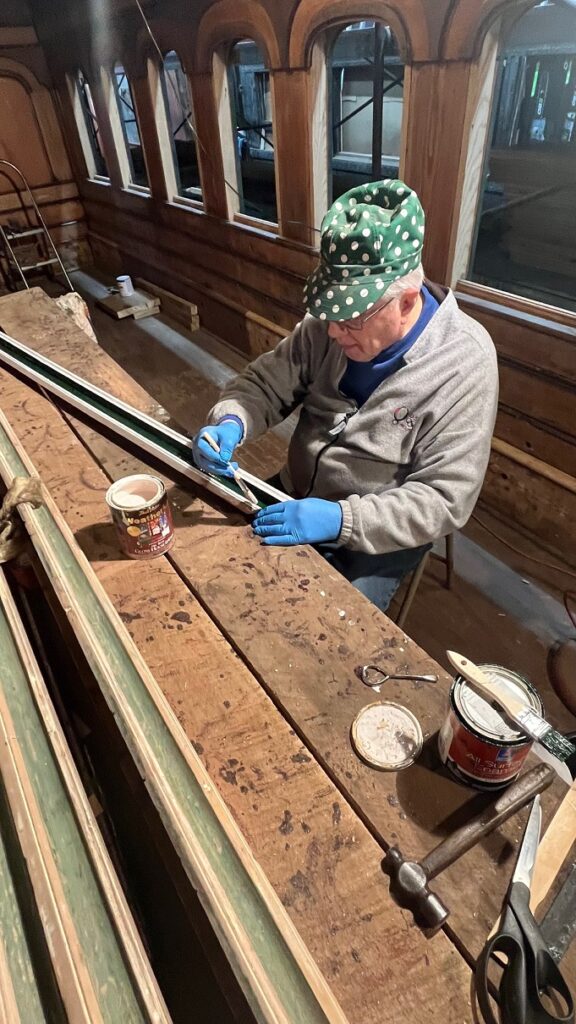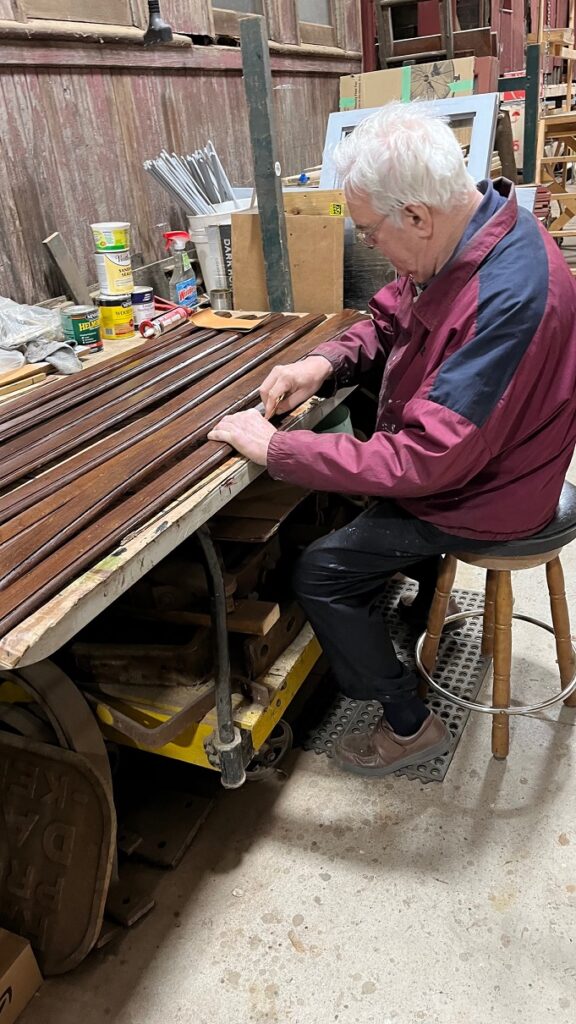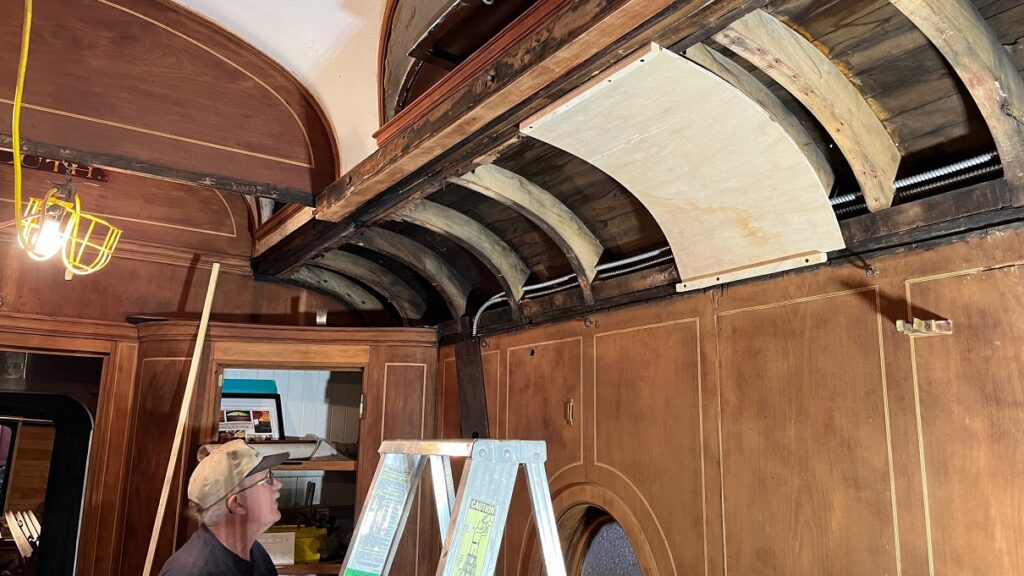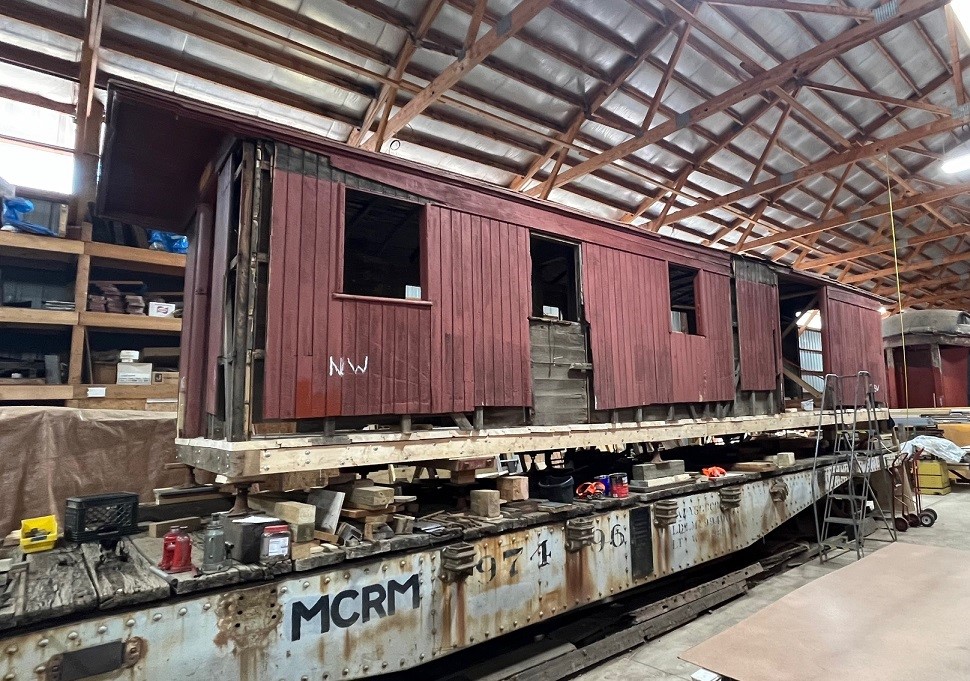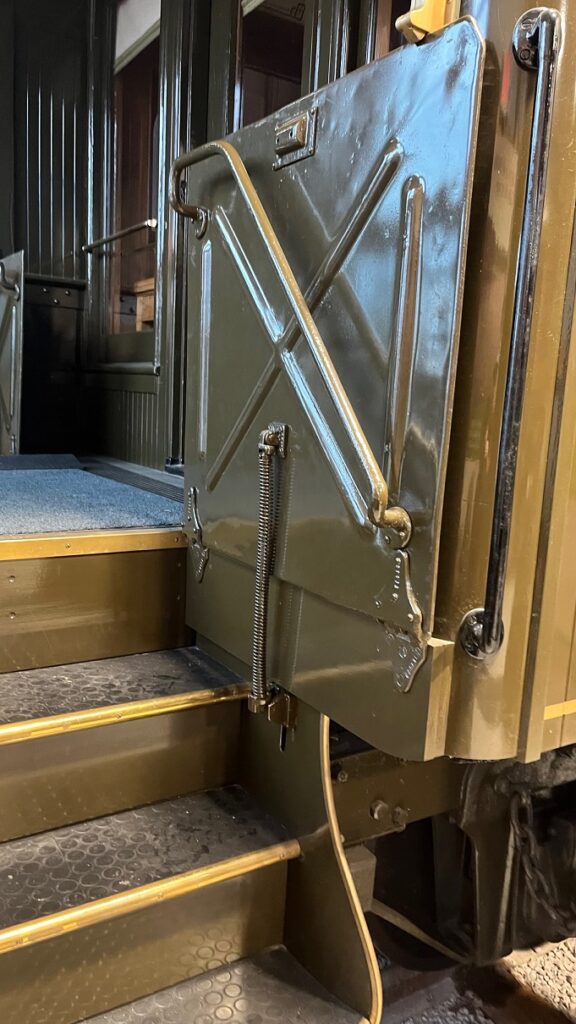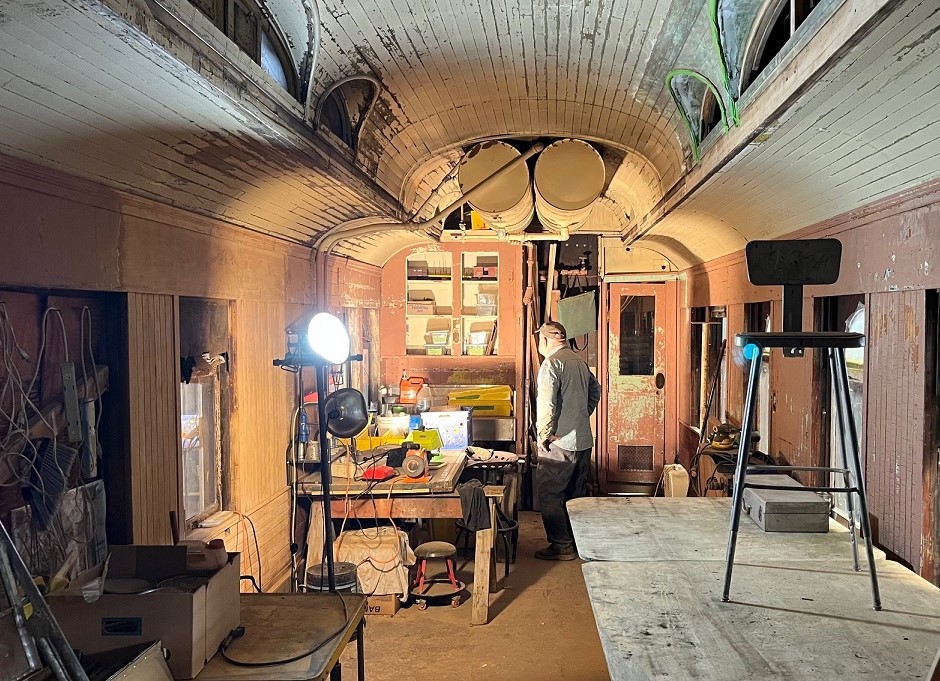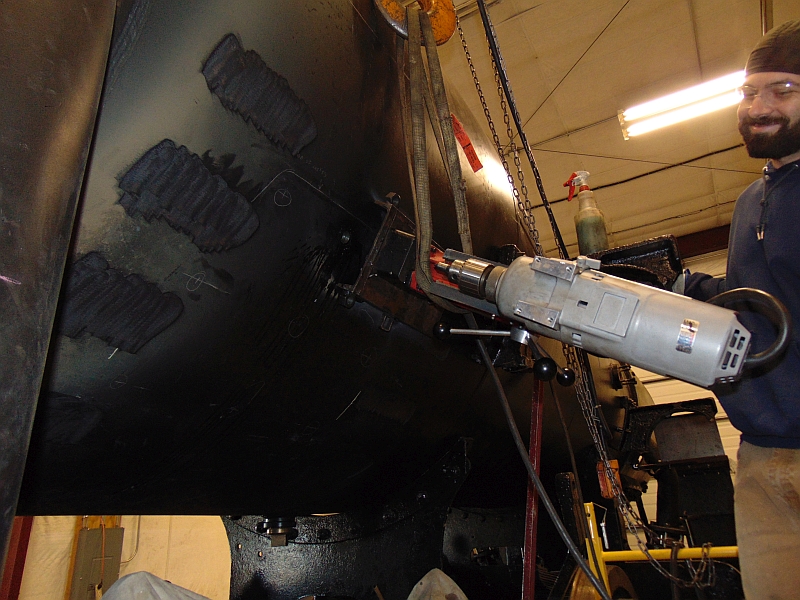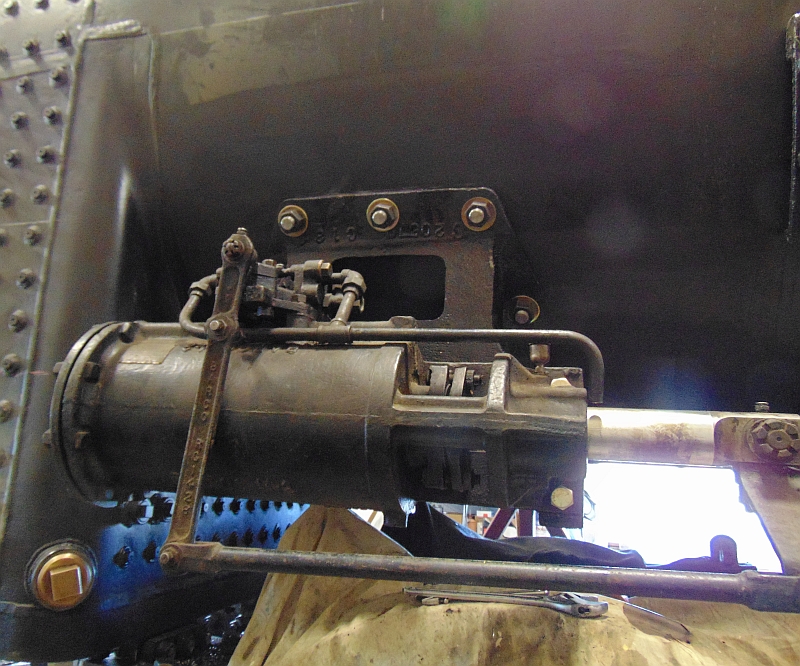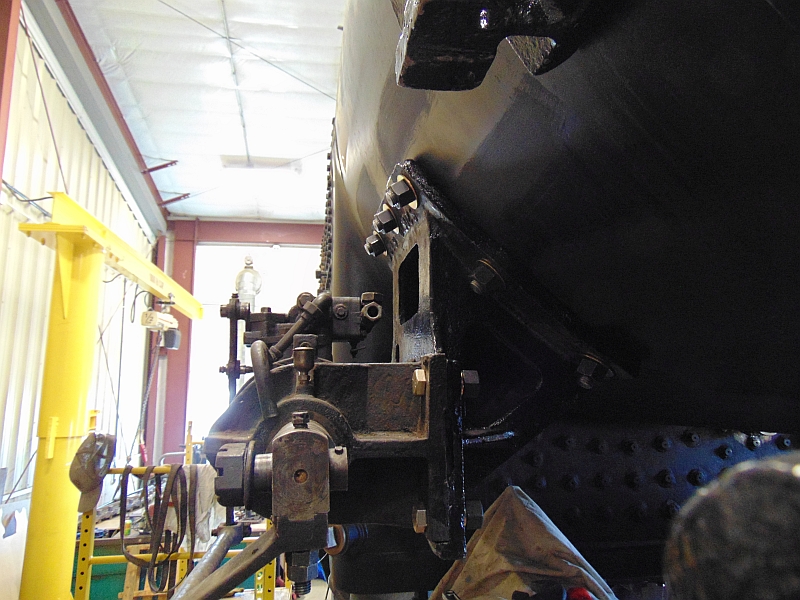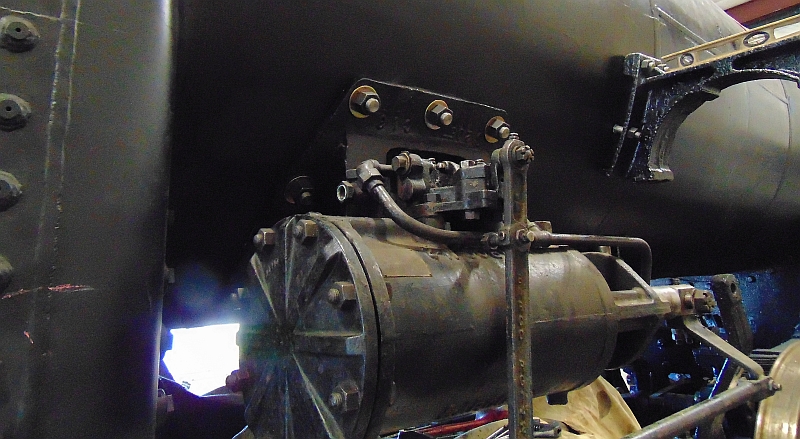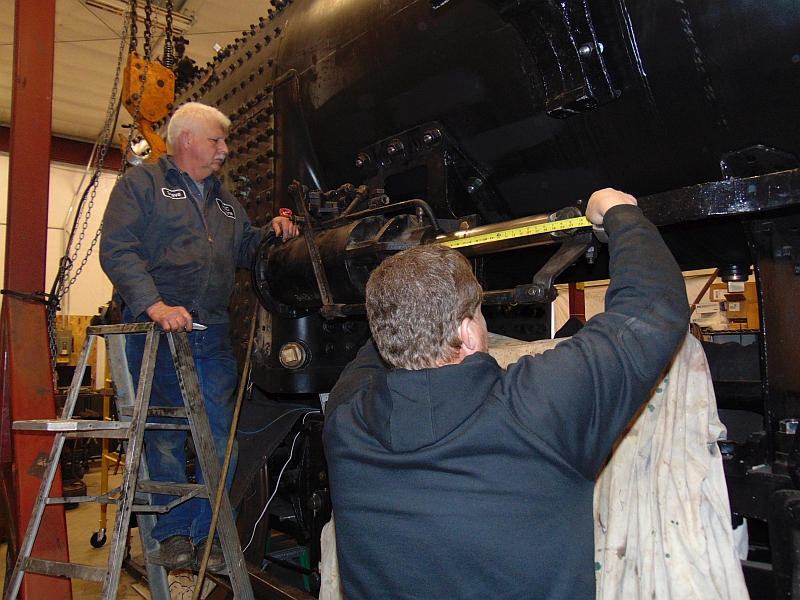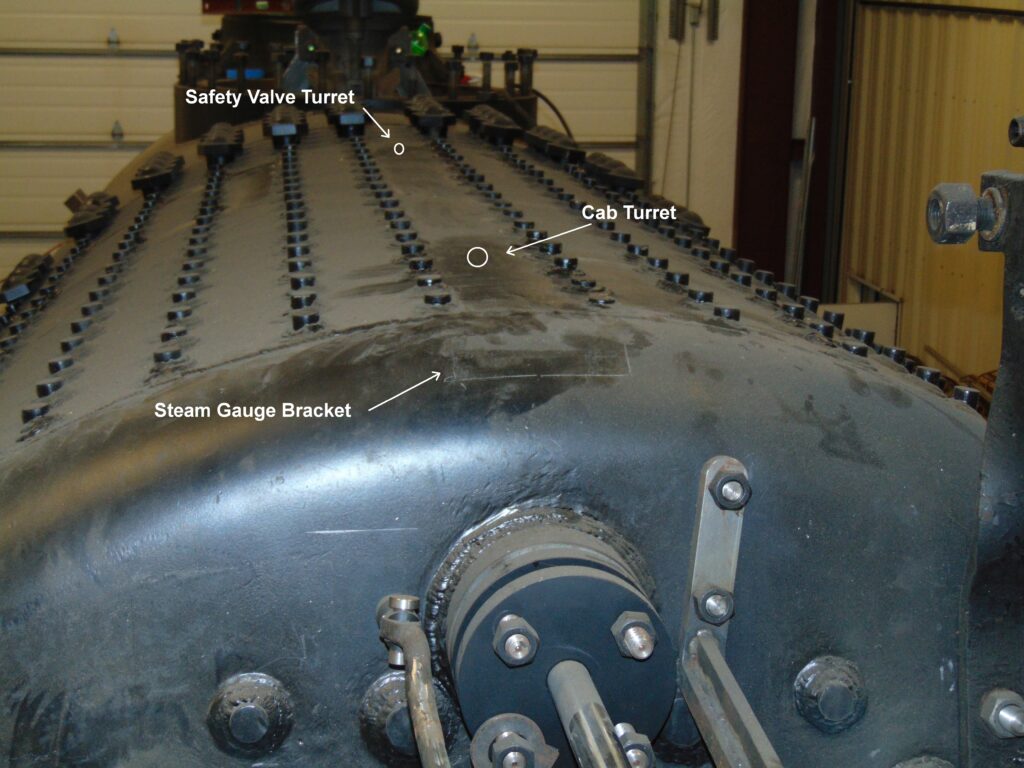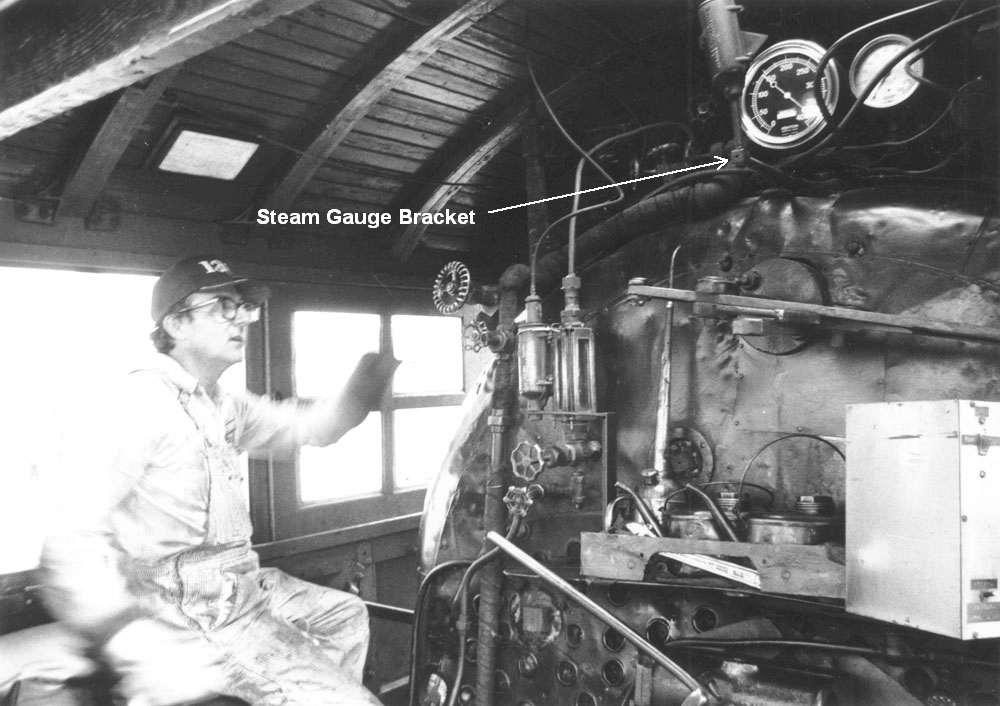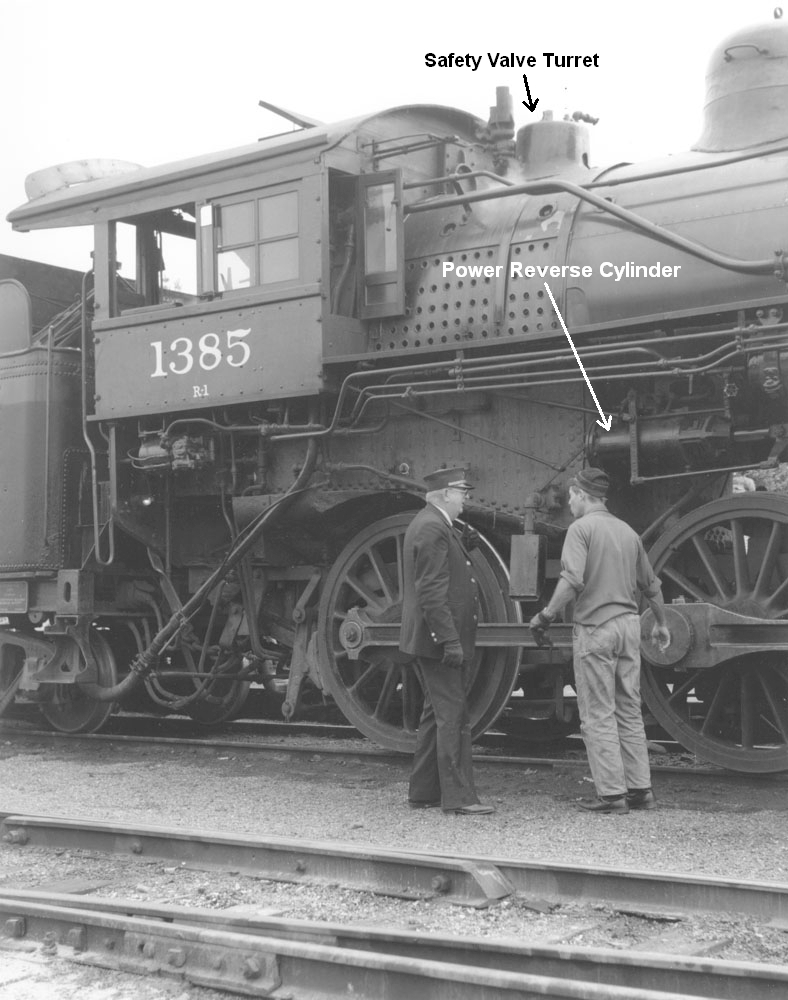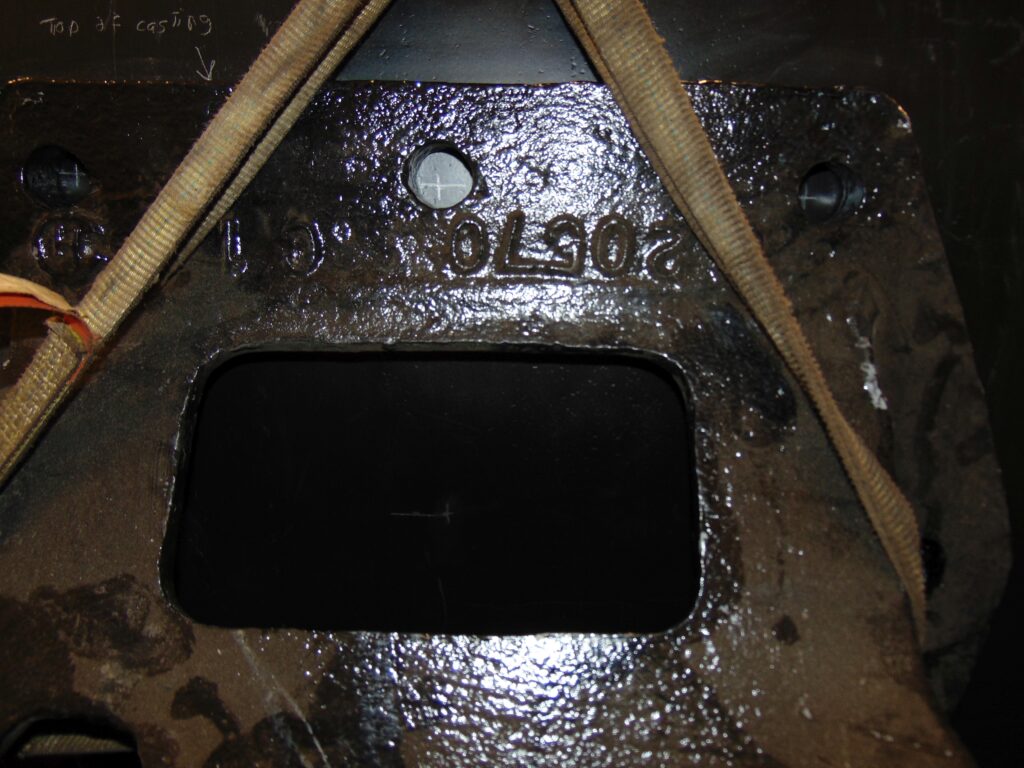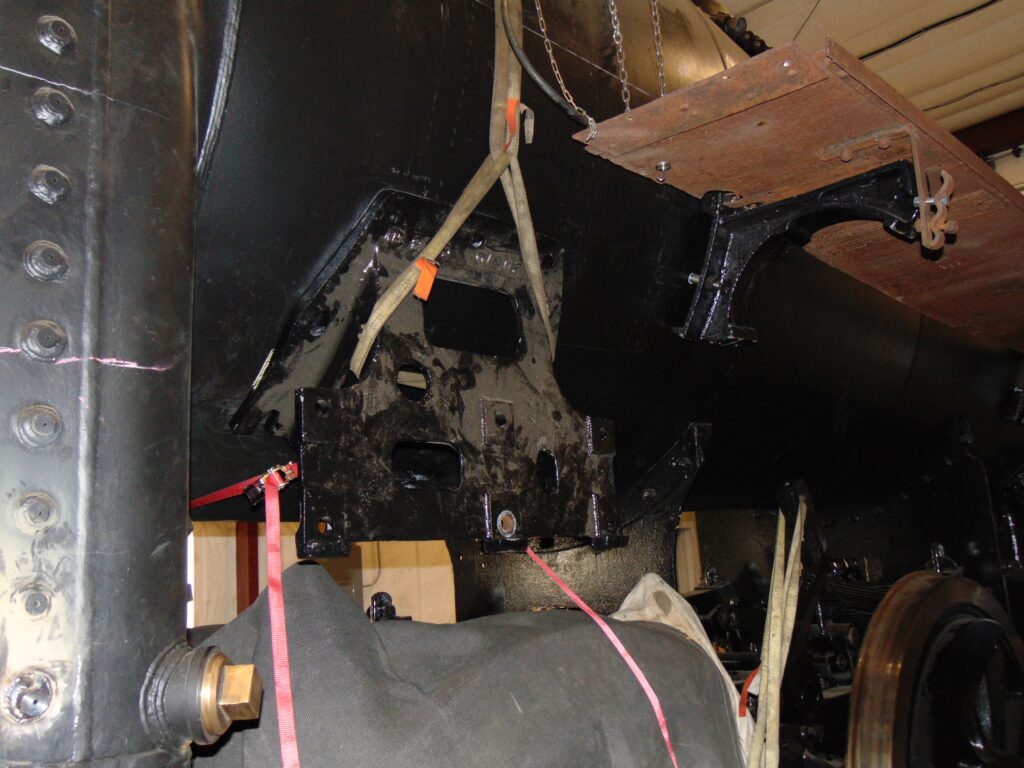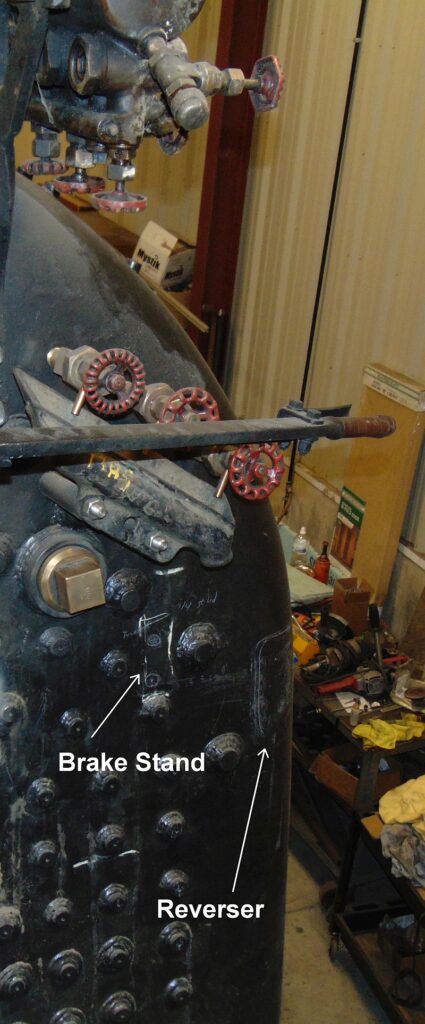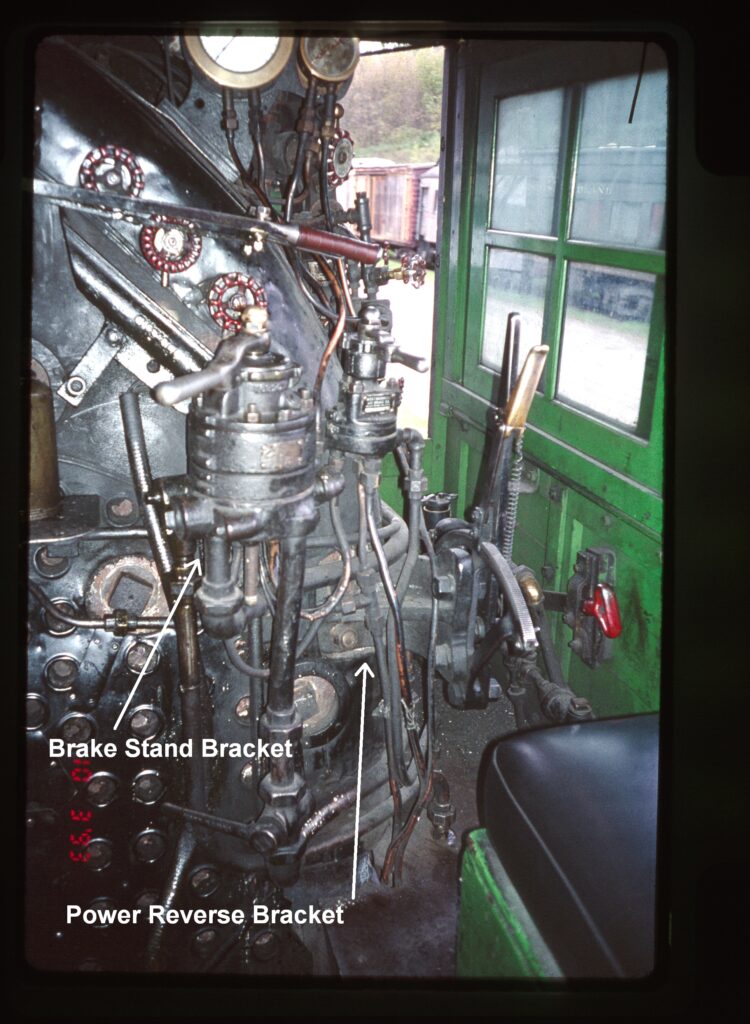We had a great work session this past weekend!
On Saturday, the Delaware, Lackawanna & Western cars #425 and #557 as well as the Duluth, Missabe & Iron Range caboose C-74 were jacked up to place lubricating discs in the bolster bowls – this is where the car body meets the trucks. TJ, Al J, Grant H, Ross S, Fred V, Nick V, Pete D and Colton T helped out with this task.
A new 3 phase electric panel has been installed in Mid-Continent’s Machine Shop. Tom H and Bob D mounted the new 3 phase panel to accept the new feed from the Engine House panel. After the contractor ran the new feed, Tom and Bob made the connections to the circuits in the machine shop. As part of this work, a single-phase panel was installed.
Dave W was working on throughout the weekend to create fixtures to assist with the eventual installation of tires on the Western Coal & Coke #1 steam locomotive’s front truck wheels.
On Sunday, Greg W, Fred V, Adam C and Ed R performed an undercarriage inspection on MCRY #1256, Mid-Continent’s ex-Army locomotive that serves as the museum’s primary locomotive for operating demonstration train rides. The work included checking the traction motor support bearing sumps and wicks, traction motor brushes and checking for any other defects under the locomotive while it was over the pit.
A crew led by Pete D of Grant H, Colton T, and Fred V disassembled the brake cylinder on DL&W #425 to clean and inspect the cylinder bore and piston packing cup.
Tom H and Bob D took advantage of the #425 being in the shop. They worked on removing old wiring and damaged electrical conduit that ran from the electrical cabinet on the A-end of the car to the baggage end platform on the B-end of the car. They will be installing new pieces of conduit where needed in preparation for installation of new wire.
The DL&W #557 coach car still needs to have its cylinder disassembled and inspected and a single car air brake test still needs to be performed on the #425, #557 and C-74 before the season begins.
The DL&W #595 and #563 still need to be jacked up to have lubricating discs placed in the bolster bowls, have the brake cylinders disassembled/cleaned/inspected and a single car air brake test performed before the operating season begins.
There will be work happening during the museum’s Spring Fling weekend, May 4 and 5. There may also be a work session before then. If you are interested in joining the ranks of Mechanical Department volunteers, please contact our office at inquiries@midcontinent.org or RSVP for the Spring Fling here: https://form.jotform.com/240655916920157
Photos courtesy of Colton T.
